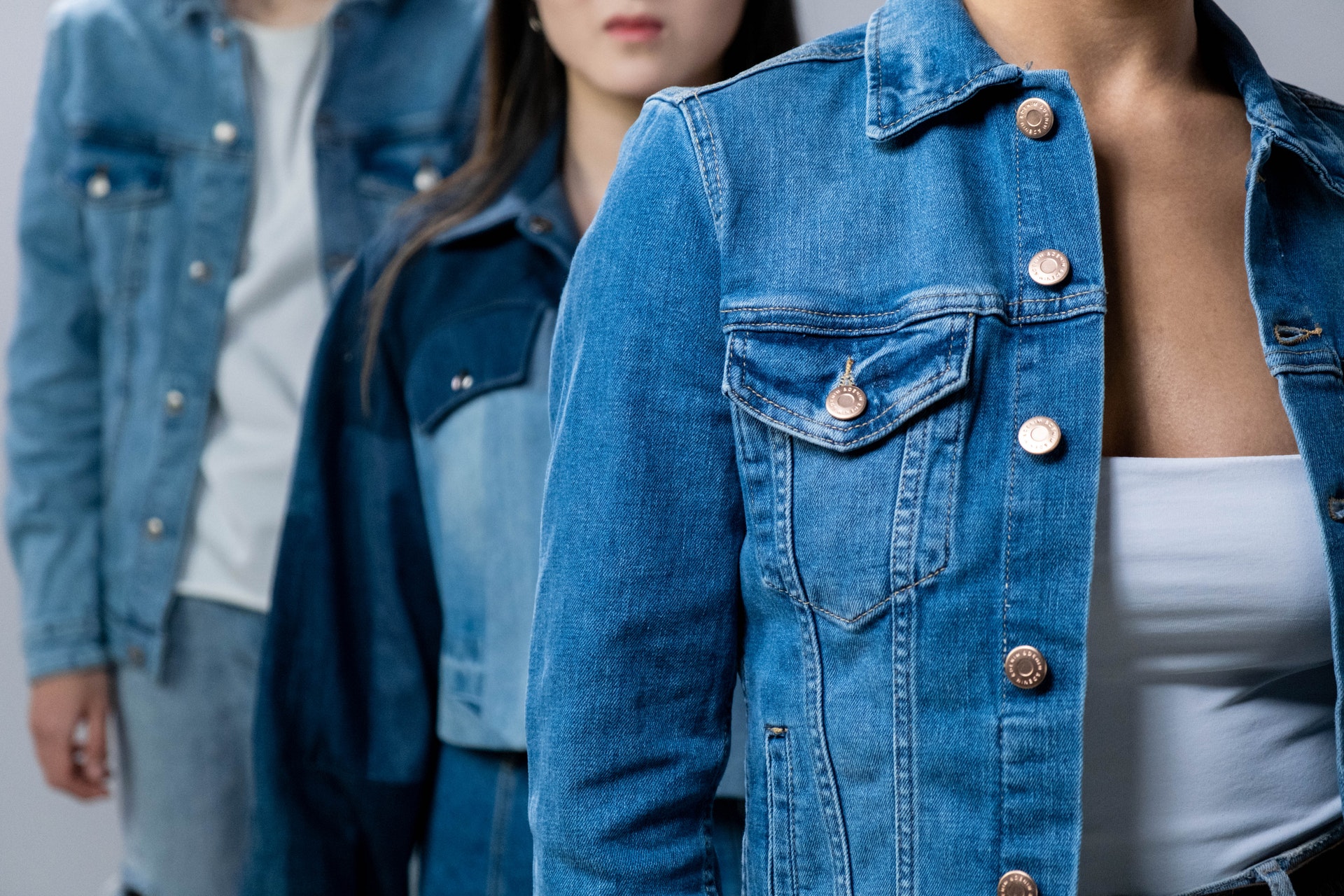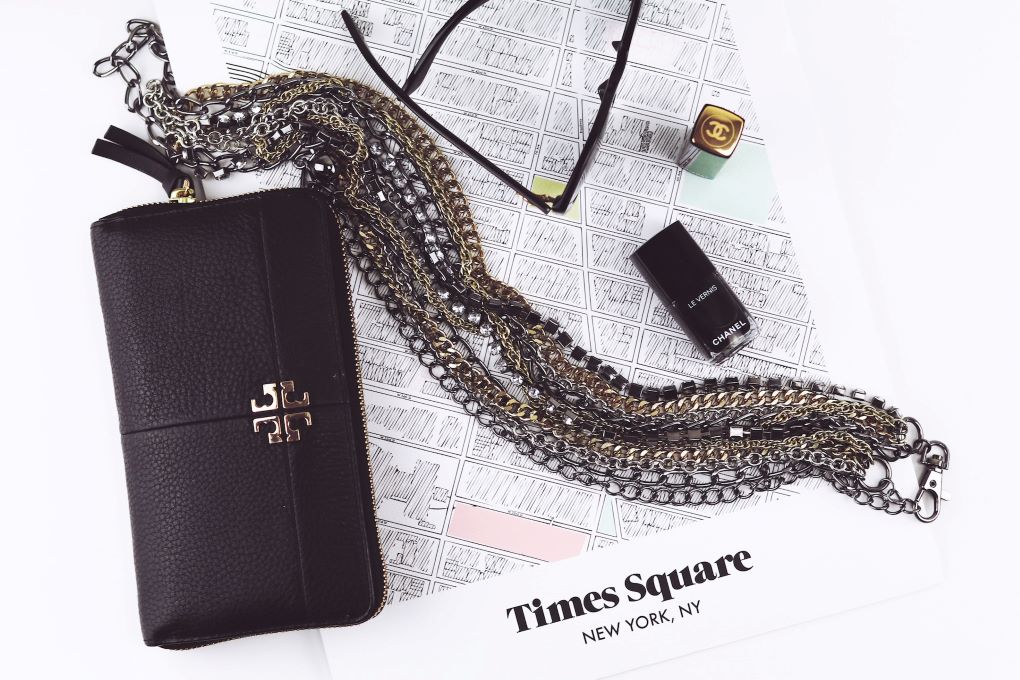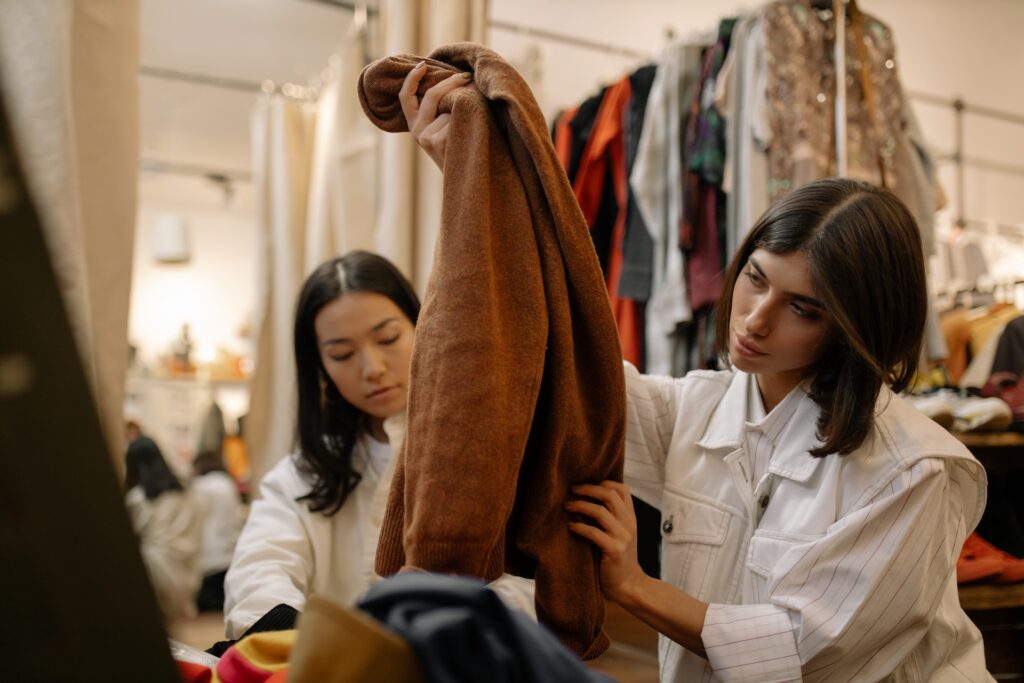In a world where TikTok and YouTube haul videos have become the trendsetters for Gen Z, there is one healthy shopping habit that has emerged from the popular social media platforms — thrifting.
What makes thrifting clothes so appealing is the fact that it is sustainable in nature — no freshwater is wasted for irrigation, no manufacturing processes are required, no garment workers are needed, and no harmful chemicals are discharged into the soil or water bodies. In part responsible for making the fashion industry circular, thrifting garments helps counteract the detrimental effects of fast fashion, such as environmental pollution and climate change.
According to the Recycling Council of Ontario, 37 kg of textile waste per person ends up in Canadian landfills each year. This textile waste comprises natural and synthetic fibers that can take over 200 years to decompose — while the non-biodegradable materials never do.
What’s more, decomposing natural textiles release harmful greenhouse gas into the atmosphere. The World Resources Institute estimates that 1 kg of natural textiles in landfill emits 4 kg of carbon dioxide. This further increases the fashion industry’s carbon footprint, which currently accounts for a tenth of the annual global carbon emissions.
Meanwhile, decomposing synthetic fibers release microplastics into the surrounding lands and nearby water bodies, which are later ingested by marine life, and then humans end up consuming contaminated seafood. Shopping for second-hand clothes ensures they stay out of landfills and don’t pollute the oceans with microplastics, thereby reducing their impact on the environment.
The biggest problem plaguing the fashion industry, however, is the gallons of freshwater it consumes to manufacture clothes. According to the Global Fashion Agenda, 32 million Olympic-size swimming pools of freshwater are used every year, and it is expected to increase by 50% before 2030. By opting for second-hand clothes, you help conserve water and prevent water bodies or the soil from being polluted with toxic chemicals.
From scouting thrift stores around you to attending local clothing swaps and garage sales, there are many ways you can participate in this sustainable trend. First, declutter your wardrobe the Marie Kondo way and donate clothes that don’t spark joy in your life. Then, replenish your closet with thrifted finds and try styling outfits differently each time you wear them. For those who like experimenting with their style or enjoy collecting vintage clothing, second-hand stores like Value Village are a treasure trove of unique finds and designer pieces at wallet-friendly prices.
Pre-loved clothes in thrift stores are ready to go to their forever homes, and new owners are encouraged to be creative with their purchases by trying creative DIY up-cycling hacks. Buying second-hand also decreases an individual’s carbon footprint, making it an eco-friendly alternative to fast fashion. Plus, some thrift stores like Goodwill are associated with charities or NGOs that help support people in need, so you are indirectly giving back to your local community.
Shweta Gandhi | Contributing Writer








